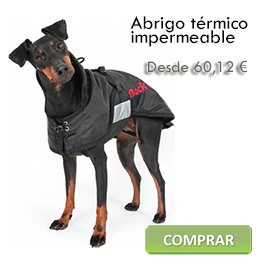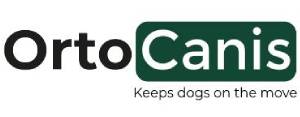Thermotherapy is the application of heat to the body for therapeutical purposes. There are several different methods for applying heat to the animal: heat packs, parafango, ultrasounds, shortwaves, infrared, steam, contrast baths and moist heat.
Thermotherapy has therapeutical effects as it is anti-inflammatory, antispasmodic, analgesic, soothing, relaxing and restorative.
On a cellular level, it increases metabolism and therefore has a thermoregulatory effect on the blood vessels. This causes a brief period of vasoconstriction followed by vasodilation, which generates hyperthermia. It also produces a vasomotor reaction.
Deep hyperthermia also occurs. A reflex action takes place as a consequence of the vasomotor changes produced by localised application. This causes an improvement in cellular nutrition and an anti-inflammatory and analgesic effect.
If applied locally, it modifies the blood pressure and causes tachycardia (excessive heart rate). If it is applied longer, the stimulus temperature will increase, the blood pressure will reduce and the blood volume will increase.
It causes an alkalization of the blood PH and reduces clotting and blood viscosity. As a result, there is a higher lymphatic uptake of the tissues.
 The temperature of the skin and local circulation increases and sensation decreases.
The temperature of the skin and local circulation increases and sensation decreases.
The heat applied to the nervous system increases sensation when it is applied for short periods. If the duration is increased then there is a decrease in sensation, anesthesia and analgesia.
It causes the muscles to relax and is antispasmodic, reduces excitability, increases tissue elasticity and decreases muscle tone. It also causes an increase in the breathing rate.
There are a number of circumstances where heat cannot be applied:
-
Animals with heart conditions.
-
In acute inflammations incurred between 24 and 72 hours ago
-
Animals that suffer from hypersensitivity or allergic reactions
-
Areas where there are:
-
Open, deep or infected wounds
-
Local infections
-
Burns
-
Impaired sensation
-
Circulatory deficits
-
-
Leishmaniasis
Heat can be applied once the acute phase of the wound or surgery is over: fractures, contractions, tendonitis, dislocations, etc. or, in chronic cases such as that of geriatric animals or animals that suffer from osteoarthritis.
The animal’s skin must be monitored at all times. If it gets very red or the animal is uncomfortable, the treatment must be stopped. A towel must be placed between the animal and the heat. The heat should never be applied directly, as there is a risk of burning the skin.
There are special pads or straps available to help you to apply the hot pack more securely.
Ortocanis Technical Team

